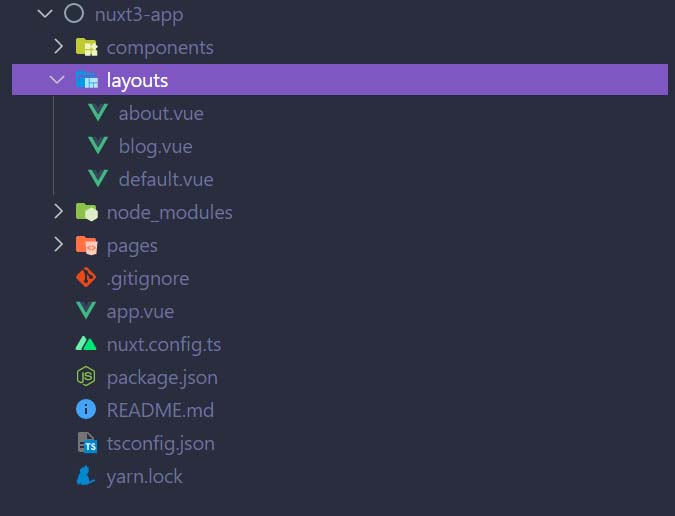Nuxt and Next are two similar-sounding frontend frameworks that give developers the tools they need to build modern web applications. But how do they compare?
On one hand, we have Nuxt js, a powerful, intuitive Vue framework that presets all the configurations needed for building production-ready Vue applications. On the other hand, there’s Next js, a React framework created by Vercel used for building server-side rendered and/or static web applications.
Apart from their names being similar, these two frameworks also share some common features that make them a preferred option for building production-ready applications.
So how are Nuxt js and Next js similar?
Similarities
- They are both used in building server-side rendered and/or static web applications
- They both have built-in TypeScript support
- They’re both easy to set up and need zero configuration on the initial build
- They both produce SEO-friendly applications
- They both handle automatic code-splitting really well
- They both support dynamic routing
- They both have great documentation and an active community
- They both possess full-stack capabilities where you can run server API code from within the application
Taking a look at these similarities, you may be wondering… With all of Nuxt 3’s new features that bring it to another level for pro web developers, how does the new Nuxt js compare to Next js?
Let’s have a look.
How Nuxt compares to Next
Tooling
Next.js uses Webpack for its assets bundling, while Nuxt.js supports both Webpack 5 and Vite.js.
It is important to note that Vite is library/framework agnostic and a lot of React developers prefer to use Vite for tooling. This is because of all the great features Vite brings along with it. However, Vite does not currently have support for Next.js, and the Next.js team have no future plans to support it. If you’d like to learn about all the benefits of Vite over Webpack, check out this article on Vite or Vue Mastery’s course, Lightning Fast Builds with Vite, taught by its creator Evan You.
Typescript
Next js and Nuxt js both have great TypeScript support.
Next, just like React, uses a more lean approach to configuring TypeScript by relying on as many native language features as possible to keep a small API.
Meanwhile, Nuxt, just like Vue, aims to provide a more user-friendly API for developers by relying on framework-level compilers for its TypeScript configuration.
Pages and Routing
Routing is handled in a similar fashion for both frameworks. A pages directory is created by default when you create a new Next or Nuxt app. URLs for the application are generated based on the file names in this directory and routes can be dynamically generated as well.
However, this pages directory is now completely optional in Nuxt 3 since not all applications require routing.
UI Layouts
When building web applications, sometimes you may encounter different types of UI layouts for other pages across the app’s design. Nuxt js allows you to specify different layouts in the layouts directory of your project. That way, every page can be assigned layouts that match its respective UI.
Creating reusable layouts is good practice as it reinforces the DRY (don’t repeat yourself) principle.

Here’s how you can override the default layout per page by specifying a custom layout:
*page/index.vue*
<script>
definePageMeta({
layout: "blog",
});
</script>
Automatic global imports
Imagine never having to write an import statement ever again. In Nuxt js, everything in the framework such as built-in composables like useHead and components like NuxtLink is made available to you in any file without having to import them.
On top of that, any component or composable you create in your project is made available on every page automatically.
Nuxt prevents naming collisions by displaying a warning when that occurs. Automatic imports save developers a lot of time and improve the overall development experience.
Next js, however, cannot perform automatic imports yet. Every component, library or hook being used in your Next js application has to be imported first.
State Management
State management is crucial to any application’s structure. Knowing how your app’s components will communicate with each other should be one of the first things to take care of during development.
Nuxt js provides a useState composable that allows you to define reactive, SSR-friendly states that can be shared across multiple components. This begs the question, “What about ref or Pinia?”
The short answer to this is that it depends on the complexity of your application. For a more detailed explanation, please refer to this article written by Michael Thiessen, which explores Nuxt’s useState vs Pinia.
Conclusion
This article does not intend to draw a conclusion about which framework is better. At the end of the day, it all depends on preference and what caters for you and/or your team’s needs.
With that being said, if you would like a progressive frontend framework that prioritizes development experience while optimizing for speed and performance, we highly suggest that you try out Nuxt js. The Nuxt team is working tirelessly to improve Nuxt as they continue to release a lot more exciting features that are not mentioned in this article.
To learn more about what Nuxt 3 has to offer, check out Vue Mastery’s courses, Nuxt 3 Essentials and Build a Blog w/ Nuxt 3 Content, taught by Nuxt Ambassador Ben Hong.










